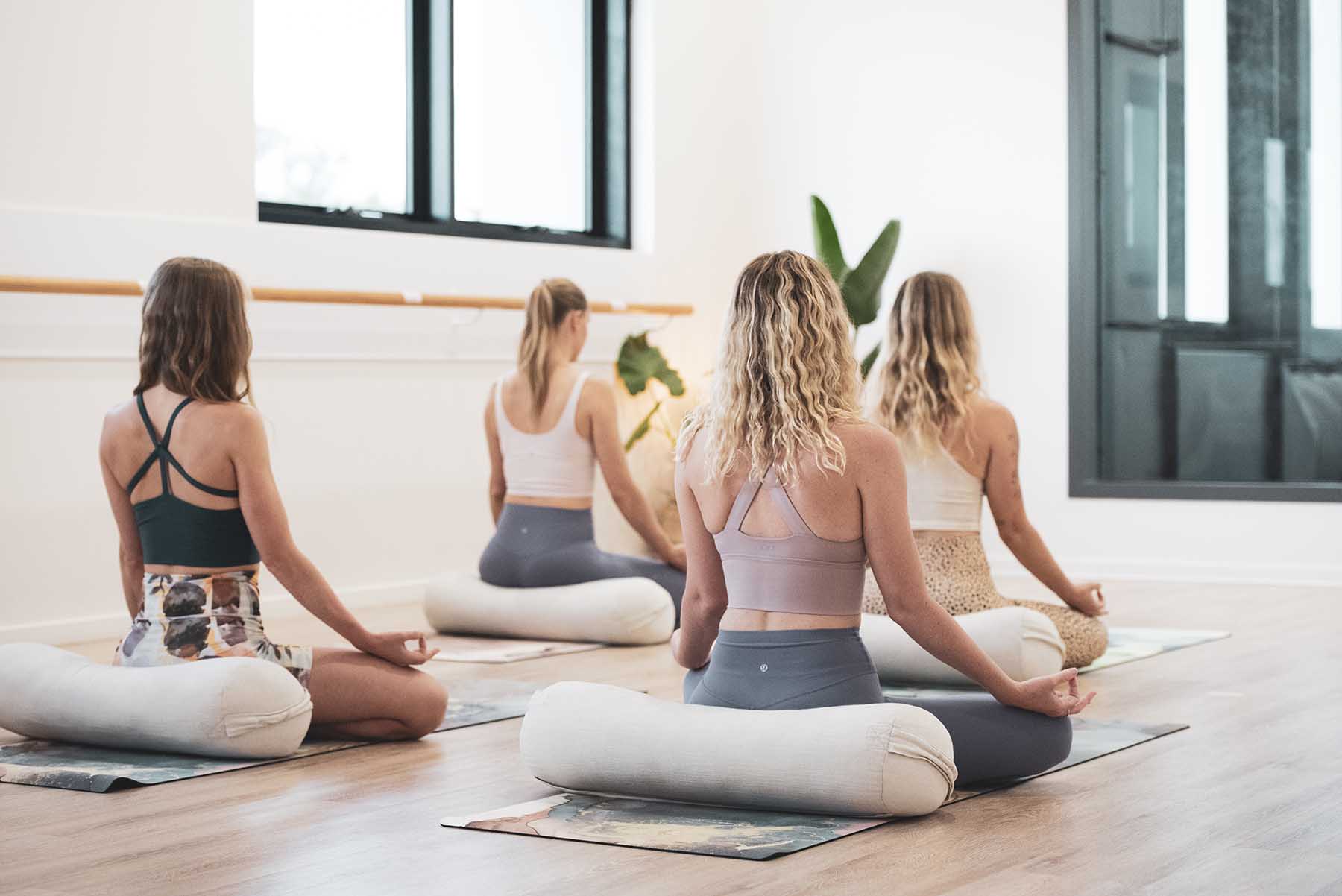
Many people are in the same boat: they want to find new ways to improve their health and well-being but don’t have the time or energy for a traditional workout. Luckily, there is Chair Yoga. It’s a great way to get out of your chair and into your body while still being able to work or relax at home. And since you don’t need fancy equipment, it can be done practically anywhere! We’ve put together this guide that will teach you all the basics of Chair Yoga so that you can safely give yourself or others chair yoga classes in the convenience of your own home.
When starting with Chair Yoga, it’s important to remember that not everyone should be doing these poses, and always check with a physical therapist before giving chair yoga classes hong kong. The best way to do this is by asking someone familiar with an exercise like Chair Yoga if they have any concerns about performing it.
Everyone’s different, so it’s important to remember that you should always mix up the poses, even when you are an experienced chair yoga teacher. The body needs variation and changes to stay healthy. It’s also okay to change up the order of poses in a session. If a person is hurting after one pose, choose another to perform before they go into their next hot seat.
When beginning a chair yoga class for someone else, you should always start with a warm-up. This will help the muscles build up the strength needed to perform the maneuvers in the poses and restore their flexibility. The best way to do this is to do a simple basic stretching routine (such as side-lying spine stretches or chair yoga back stretches) for about 20 minutes before starting your session. The body will also be more relaxed and ready to perform the poses.

The next step after your warm-up is finding positions where the person can sit comfortably while still being able to move in their own body. While in a grandparent’s lap or sitting in a chair, you can use your hands to assist with the movements while they cannot do them. This will leave your body’s core working without any additional stress being placed on it. Then after you’ve found some stationary poses that will suit your patient, it’s time to get creative and get out of those chairs! and yoga therapist salary .
Once you’ve got the patient into a few different poses while seated (such as in-and-out arm circles or chaturanga), you can start with general yoga postures, such as forward bends and backbends. These are a great way to help someone with their spine because they stretch the muscles and joints while keeping the spine healthy. After moving around, you can go back to chair yoga and finish your lesson.
When you’re a first-time chair yoga teacher, it’s essential to keep in mind that only some people are supposed to be able to do every pose. When giving yourself or others a Chair Yoga class, you should be accommodating each person’s limits and give adapted versions of the poses so that they can safely move in ways that don’t stress their body.
Always ensure your patient is breathing comfortably before continuing into any new poses or positions.








